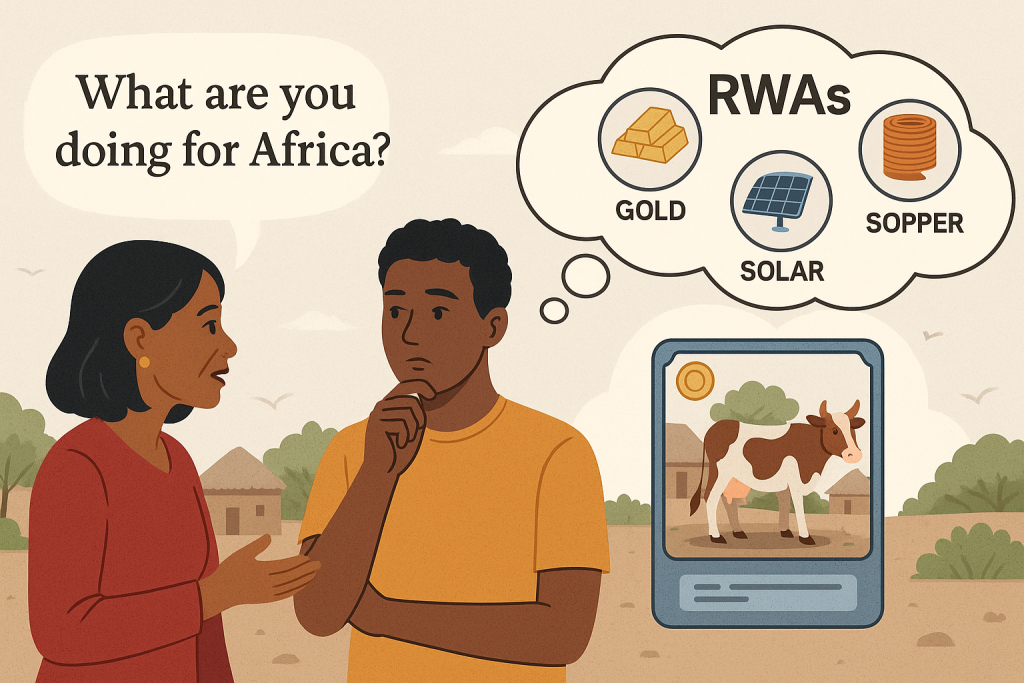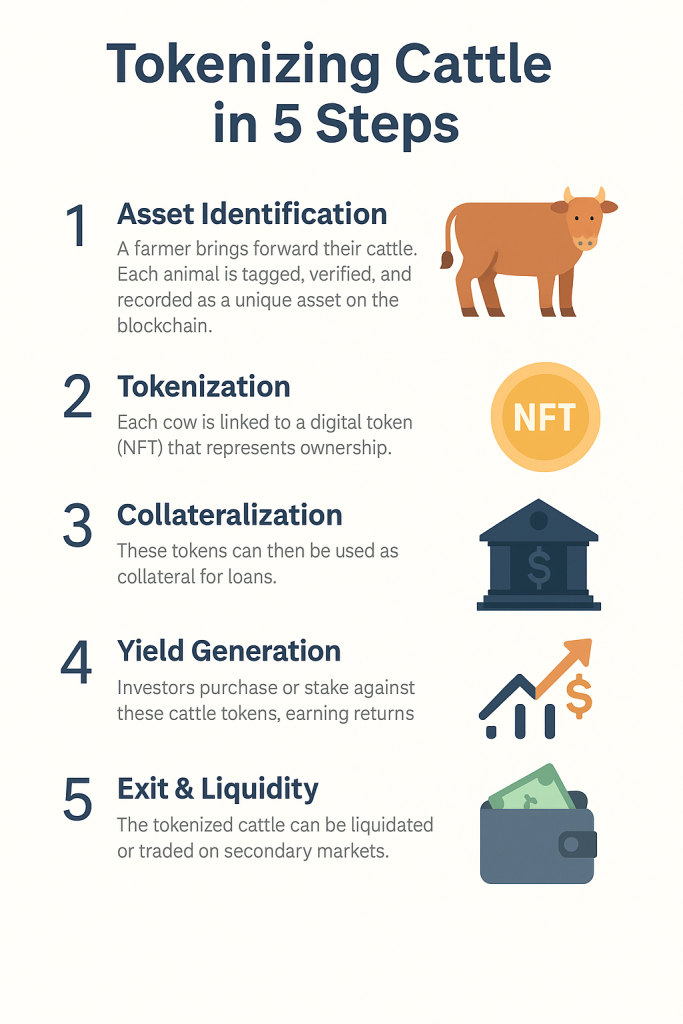
Some journeys begin with a business plan. Others with a lucky break. Mine began with a simple, piercing question from my mom:
“What are you doing for Africa?”
At first, I brushed it off. But her words stayed with me. They weren’t casual. They were a challenge. A reminder of my roots, my responsibility, and the continent that raised me.
Growing Up in Zimbabwe
I grew up in Zimbabwe in the 90s — a time of contradictions. On one hand, we were taught to dream big, to believe in possibility. On the other, we lived through hyperinflation, where savings vanished overnight, and families carried cash in wheelbarrows.
In those years, wealth didn’t mean what it was supposed to. You could have money in the bank on Friday, only for it to be worthless on Monday. What mattered were tangible things — cattle, maize, land, and gold. These were the real stores of value when the financial system collapsed.
I didn’t realize it back then, but that experience planted a seed.
The Timeline of a Question
To understand how my mom’s question reshaped my path, here’s a snapshot of the journey:
- 2000s – Zimbabwe: Growing up amid hyperinflation. Learning resilience, hustling in scarcity, and watching my community turn to real things when paper money failed.
- 2007 – Nairobi: Witnessing the birth of M-Pesa and realizing the power of fintech to transform everyday lives.
- 2020s – Bay Street, Canada: Learning how capital markets move billions daily through hedging, derivatives, and structured products. But noticing that the same tools never reached Africa.
- 2024 onwards – Back to Africa: Thinking about how technology could turn Africa’s traditional wealth — cattle, crops, minerals — into financial instruments. This led me to an unexpected breakthrough.
From Cattle to Real World Assets
It began with a simple idea: What if we could tokenize cattle?
Cattle have always been a core store of wealth in African communities. They’re not just animals — they represent savings, status, and security. By turning them into digital tokens, we could make them tradable, collateralizable, and liquid.

Here’s how it works in practice:
Step 1: Asset Identification
A farmer brings forward their cattle. Each animal is tagged, verified, and recorded as a unique asset on the blockchain.
Step 2: Tokenization
Each cow is linked to a digital token (NFT) that represents ownership. The token carries metadata such as age, breed, health records, and market value.
Step 3: Collateralization
These tokens can then be used as collateral for loans. Instead of going to a bank (which might reject them), farmers now have blockchain-based proof of value.
Step 4: Yield Generation
Investors purchase or stake against these cattle tokens, earning returns as the cattle produce offspring, milk, or are sold at higher market value. Farmers get liquidity upfront, while investors share in the upside.
Step 5: Exit & Liquidity
If a farmer defaults, the tokenized cattle can be liquidated to repay the loan. Otherwise, the farmer retains ownership after repaying. Investors, meanwhile, can trade their cattle-backed tokens on secondary markets.
The Breakthrough: RWAs
What started as an experiment with cattle led to a bigger realization:
An entire asset class was waiting to be unlocked — Real World Assets (RWAs).
If cattle could be tokenized, so could copper, coffee farms, solar farms, carbon credits, and gold reserves. Suddenly, Africa’s traditional wealth wasn’t limited by geography or local banking systems — it could be digitized, fractionalized, and opened up to global investment.
And in that moment, I remembered Zimbabwe’s hyperinflation. Back then, people clung to cattle, maize, or gold because they couldn’t trust money. Tokenization makes those real assets not only stores of value, but also gateways to liquidity and investment.
That’s when I knew: RWAs weren’t just a theory. They were a game changer.
From Question to Vision
My mom’s question pushed me to connect these dots and build systems around them:
- Ndeipi – more than an app, it’s a movement. A fintech ecosystem connecting Africa and the Diaspora, making it possible to transact, invest, and grow wealth together.
- Afro Gold Dollar – a Tokenized Security backed by Gold, designed to shield African families from inflation and connect them to global markets.
- Tokenizing Real World Assets (RWAs) – starting with cattle in Namwala, but extending to copper powder in Zambia, coffee in Uganda, and solar energy across the continent. RWAs are the bridge between Africa’s traditional wealth and the global financial system.
- Smart Cities & Innovation Hubs – where blockchain, AI, and renewable energy converge to create jobs, nurture startups, and empower future generations.
Why This Matters
Africa has always been at the center of global wealth creation — from the gold that built empires to the cobalt in every smartphone battery. But too often, the wealth has flowed out while Africans were left behind.
With RWAs, we have a way to keep value rooted in Africa. We can transform the things we’ve always relied on — cattle, minerals, farms, and energy — into digital assets that attract global capital without stripping communities of ownership.
This isn’t theory. It’s survival. It’s empowerment. And for millions across Africa, it’s the chance to build wealth in ways that aren’t possible through fragile currencies or extractive systems.
A Collective Answer
Here’s the truth: I can’t answer my mom’s question alone. No one can.
Her question is for every African, every member of the diaspora, and every ally who believes in fairness and empowerment. It’s for the farmer in Monze, the student in Nairobi, the coder in Lagos, the entrepreneur in Toronto.
Each of us has a role to play. Each of us has a responsibility.
Closing Thought
Sometimes the greatest revolutions don’t start in boardrooms or parliaments. They start at home, with a conversation, with a challenge, with a question.
For me, it all started with my mom asking:
“What are you doing for Africa?”
The answer came through tokenizing cattle, realizing the potential of RWAs, and building tools that ensure Africa’s wealth stays in Africa.
Now I leave you with the same question that changed my life:
What are you doing for Africa?
Leave a Reply